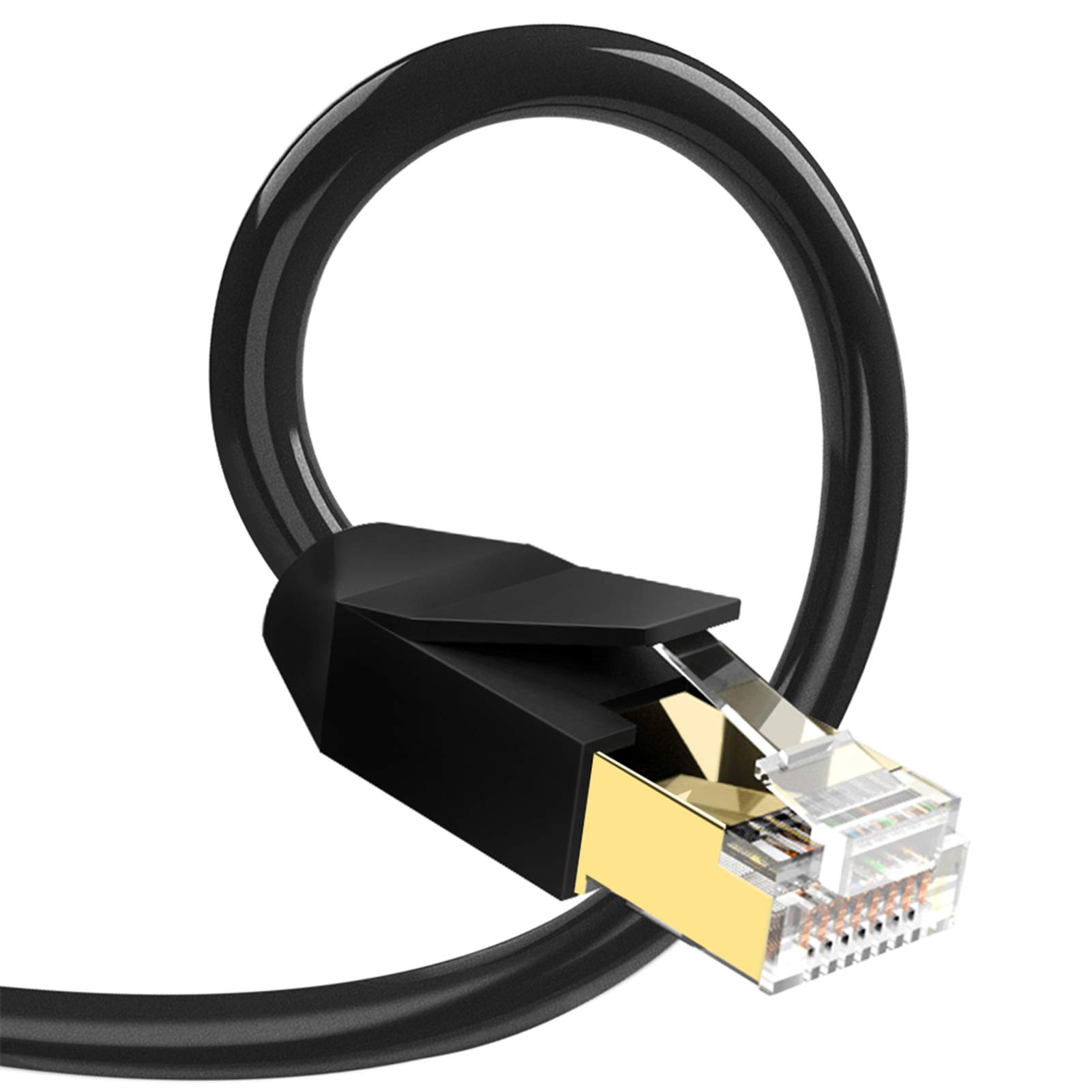Troubleshoot Ethernet Not Working Fix
In this article, I will discuss troubleshooting tips to fix Ethernet not working issues.
Checking and Connecting Cables Properly

- Inspect the Ethernet cable for any visible damage or fraying.
- Ensure the Ethernet cable is securely plugged in to both the computer and the router.
- Try using a different Ethernet cable to rule out a faulty cable.
- Restart the computer and router to reset the connection.
Restarting Devices and Routers
If your Ethernet connection is not working, a simple solution may be to restart your devices and routers. Start by turning off your computer and then unplugging your router and modem. Wait for at least 30 seconds before plugging them back in. Once they are powered up again, turn on your computer and check if the Ethernet connection is working.
If the issue persists, you can also try restarting your network adapter. To do this, go to your Device Manager (accessible through the Control Panel or by right-clicking on the Start button in Windows) and locate your network adapter. Right-click on it and select “Disable,” then right-click again and select “Enable.”
Sometimes a simple restart can resolve connectivity issues with your Ethernet. Make sure to follow these steps in the correct order to troubleshoot and fix the problem efficiently.
Updating or Reinstalling Drivers
To update or reinstall drivers for your Ethernet connection, you can start by accessing the Device Manager on your computer. Right-click on the Start button and select Device Manager from the menu. Look for the Network adapters section and expand it to find your Ethernet adapter. Right-click on it and choose Update driver. Follow the on-screen instructions to update the driver.
If updating the driver doesn’t work, you can try reinstalling it. Right-click on the Ethernet adapter in Device Manager and select Uninstall device. Restart your computer and Windows will automatically reinstall the driver.
If you’re using a different operating system like Linux, you can download the latest driver from the manufacturer’s website and install it manually. Make sure to restart your computer after installing the driver to apply the changes.
By updating or reinstalling your Ethernet drivers, you can troubleshoot and fix any issues with your Ethernet connection not working.
Enabling Ethernet Connections

If you are experiencing issues with your Ethernet connection not working, there are a few troubleshooting steps you can take to try and fix the problem.
First, check the physical connection to ensure that the Ethernet cable is securely plugged in to both your computer and the router. Make sure there are no visible signs of damage to the cable.
Next, restart your computer and router to see if that resolves the issue. Sometimes a simple reboot can fix connectivity problems.
If the issue persists, check your network settings to make sure that Ethernet is enabled on your computer. You can do this by going to the Network and Sharing Center in your operating system.
Another step you can take is to update the device drivers for your network interface controller. Outdated drivers can cause connectivity issues.
Disabling VPN and Antivirus Temporarily
To troubleshoot Ethernet not working, temporarily disable your VPN and antivirus software to see if they are causing any interference with your network connection. Sometimes these security programs can block certain network protocols or settings that are necessary for Ethernet to function properly.
After disabling your VPN and antivirus, try reconnecting your Ethernet cable and see if the issue is resolved. If the problem persists, you can try restarting your computer to refresh the network settings.
If restarting doesn’t work, you can also try updating your device drivers for the network interface controller. Outdated drivers can sometimes cause connectivity issues with Ethernet.
If all else fails, you may need to check your network settings in the Control Panel to ensure everything is configured correctly. This includes checking your IP address, subnet mask, and default gateway settings.
Resetting Network Settings
If your Ethernet connection is not working, one troubleshooting step you can take is to reset your network settings. This can help resolve any issues that may be causing the problem.
To reset network settings in Windows:
1. Click on the Start menu and select Settings.
2. Go to Network & Internet.
3. Scroll down and click on Network reset.
4. Click on Reset now and follow the on-screen instructions to reset your network settings.
If you are using a Mac:
1. Go to the Apple menu and select System Preferences.
2. Click on Network.
3. Select the Ethernet connection on the left sidebar.
4. Click on the gear icon at the bottom and choose Set Service Order.
5. Drag Ethernet to the top of the list and click OK.
F.A.Q.
Why isn’t my Ethernet connection working?
Your Ethernet connection may not be working due to a damaged or faulty cable. Try unplugging and replugging the cable, inspecting it for any signs of damage, and using a different cable if needed. Additionally, check your network settings in the Control Panel or Settings menu to ensure everything is configured correctly.
Why is Ethernet connected but no internet?
Ethernet is connected but no internet may be due to temporary connection issues. To troubleshoot, disable and enable the Ethernet adapter, check for loose connections by disconnecting and reconnecting the cable, and inspect the cable for any damage.
Why is the Ethernet cable I made not working?
The Ethernet cable you made may not be working due to a bad connection on one end or a faulty cable. Check both ends to ensure the metal contacts are fully inserted and all wires are pushed to the end of the channel for a good connection.
Why is my Ethernet not identifying?
Your Ethernet may not be identifying due to reasons such as loose cables, incorrectly assigned IP address, router issues, or problems with the DHCP server. Solutions could include reassigning an IP address or restarting the network adapters.


